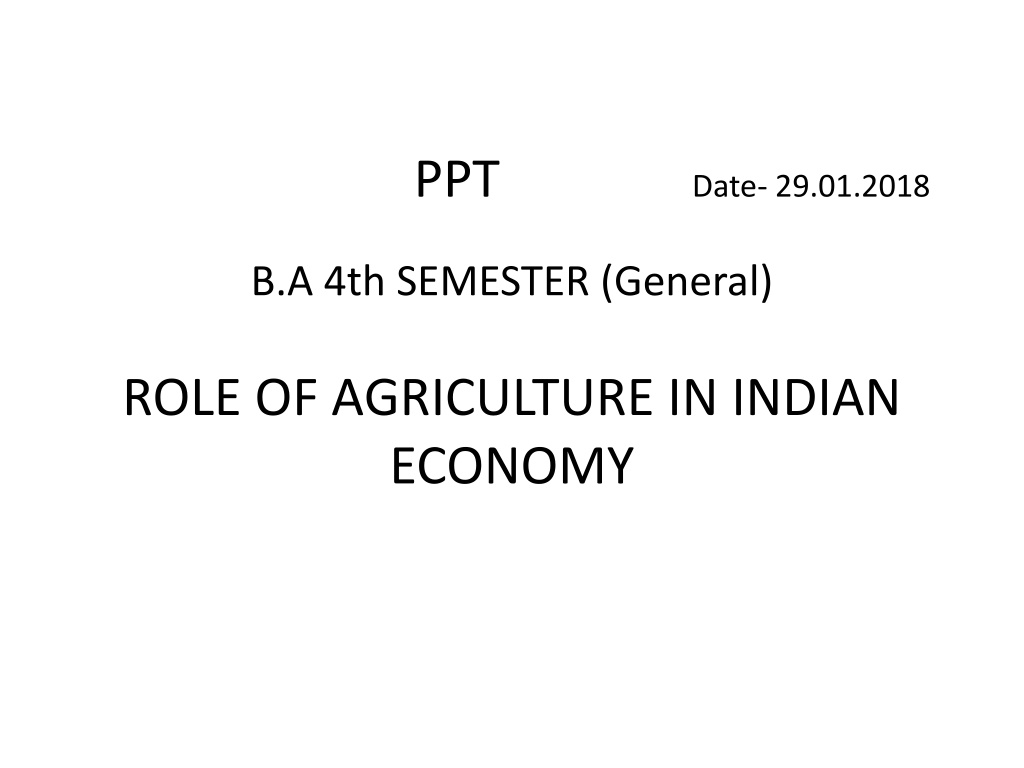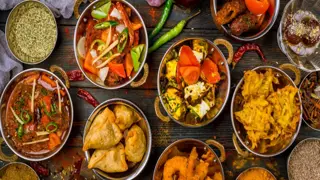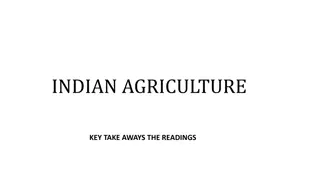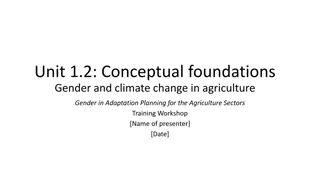Role of Agriculture in Indian Economy
This presentation delves into the significant contributions of agriculture to the Indian economy, including national income, livelihood, food security, industry support, foreign exchange, economic planning, and capital formation. It also explores the evolution of Indian agriculture post-independence, highlighting challenges such as feudal systems, labor wage rates, primitive practices, production uncertainty, credit issues, and the shift towards organic farming. The determinants of the cropping pattern are discussed in terms of natural, technological, price, land size, and political factors. Presented by Dipanjali Mudoi from the Dept. of Economics.
Download Presentation

Please find below an Image/Link to download the presentation.
The content on the website is provided AS IS for your information and personal use only. It may not be sold, licensed, or shared on other websites without obtaining consent from the author.If you encounter any issues during the download, it is possible that the publisher has removed the file from their server.
You are allowed to download the files provided on this website for personal or commercial use, subject to the condition that they are used lawfully. All files are the property of their respective owners.
The content on the website is provided AS IS for your information and personal use only. It may not be sold, licensed, or shared on other websites without obtaining consent from the author.
E N D
Presentation Transcript
PPT Date- 29.01.2018 B.A 4th SEMESTER (General) ROLE OF AGRICULTURE IN INDIAN ECONOMY
1.Contribution to National Income 2.Source of livelihood 3.Ensuring food security 4. Contribution to industry 5.Earning foreign exchange 6.Agriculture and Economic planning 7.Capital formation
Indian agriculture in post independence period 1.Feudal/Semi feudal system 2.Dual wage rate of labour 3.Primitive Agriculture practice 4Uncertainity in production 5.Lack of institutional credit and rural indebtedness 6Priority in agriculture Research 7.Diversified Agriculture 8.Importance on organic farming.
DETERMINANTS OF CROPPING PATTERN 1.Natural Factors 2.TechnologicalFactors 3.Price of input and products 4. Size of plots 5.Land reform measures 6.Political Factors By: Dipanjali Mudoi Dept. of Economics

























